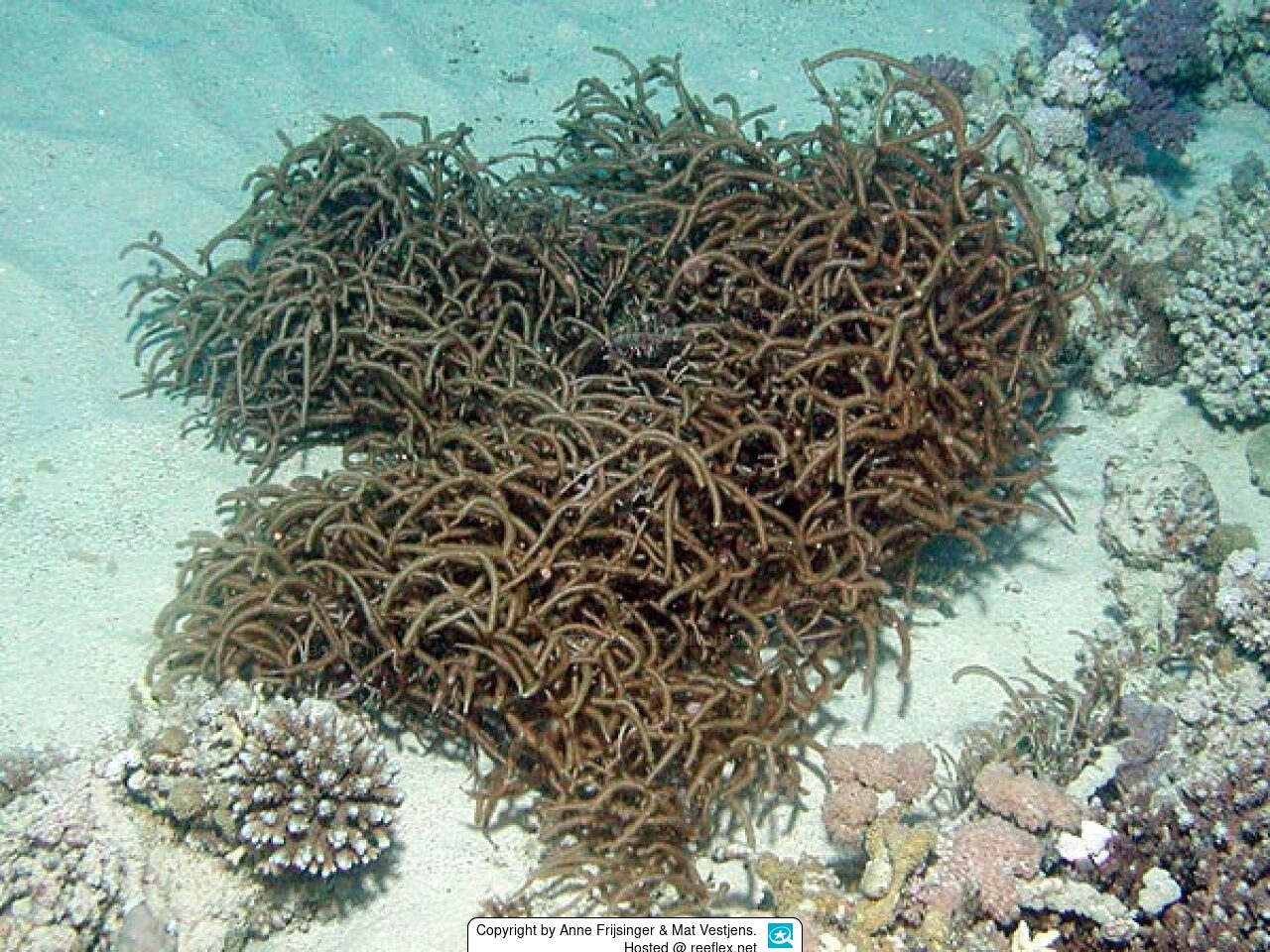Info
Host/prey of:
Acanthomolgus astrictus Humes & Stock, 1973 Feedingtype: ectoparasitic, Life stage: adult
Doridicola cinctus (Humes & Stock, 1973) Feedingtype: ectoparasitic, Life stage: adult
Doridicola cinctus (Humes & Stock, 1973) Feedingtype: ectoparasitic, Life stage: adult
Doridicola rumphellae Humes, 1993 Feedingtype: ectoparasitic, Life stage: adult
Doridicola rumphellae Humes, 1993 Feedingtype: ectoparasitic, Life stage: adult
Enalcyonium capillatum Kim I.H., 2004 Feedingtype: ectoparasitic
Synonymised names:
Eunicea antipathes (Linnaeus, 1758) · unaccepted > superseded combination
Euplexaura antipathes (Linnaeus, 1758) · unaccepted > superseded combination
Gorgonia antipathes Linnaeus, 1758 · unaccepted > superseded combination (original combination)
Plexaura antipathes (Linnaeus, 1758) · unaccepted > superseded combination







 Anne Frijsinger & Mat Vestjens, Holland
Anne Frijsinger & Mat Vestjens, Holland


